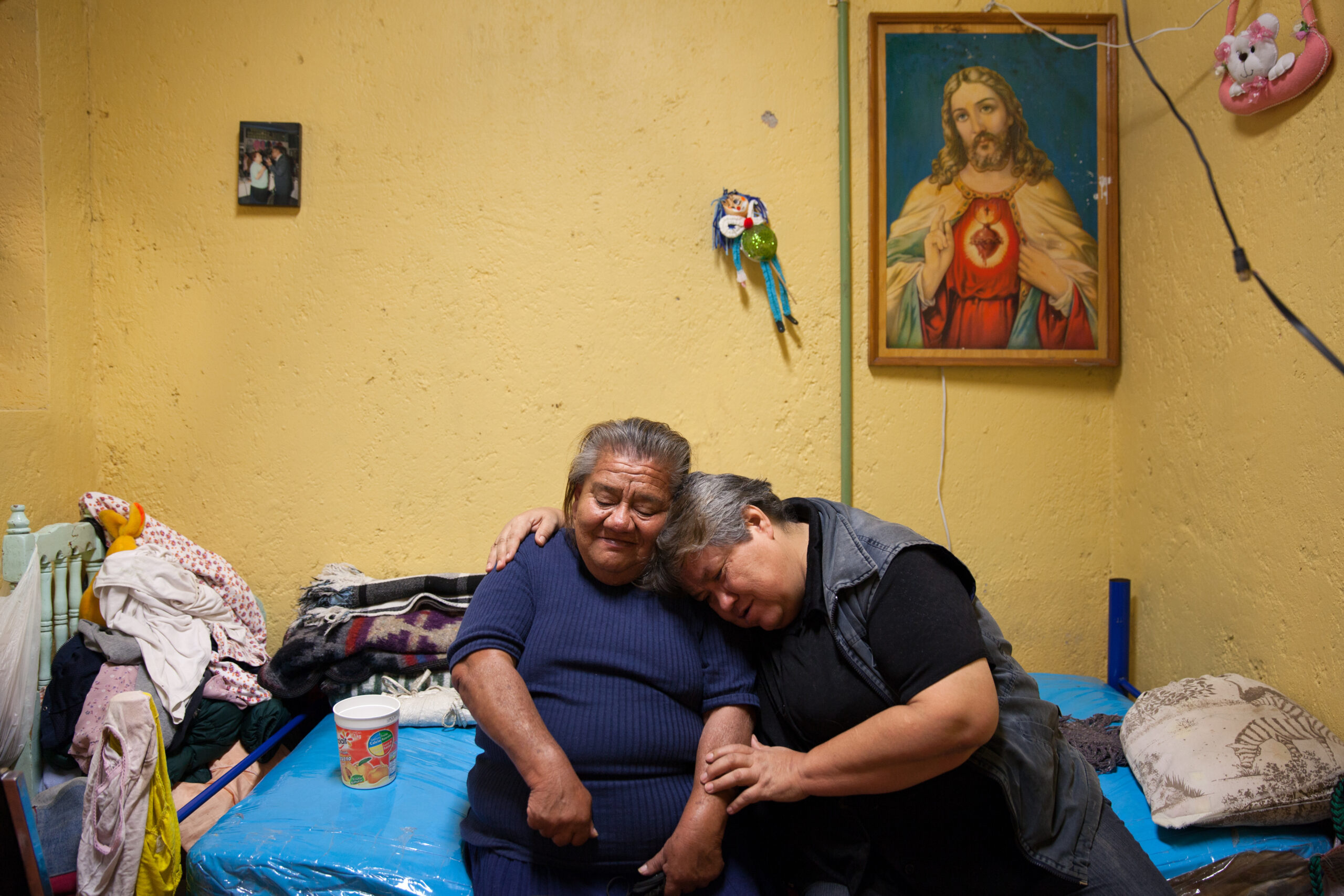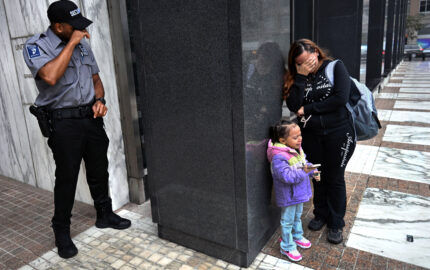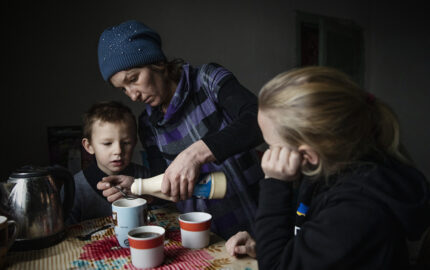I first discovered Casa Xochiquetzal, a shelter for older and independent sex workers in Mexico City, in January 2008, when I was invited to make a portrait of Carmen Muñoz, the home’s founder, for ELLE Québec magazine. Muñoz, a former sex worker who was married at 12 and a mother by 14, opened the site not just to give destitute women a place to go but also a sense of belonging and dignity.
Casa Xochiquetzal’s mission is to provide food, lodging, medical care, mental health support, and education for women who made their living in the sex trade. I had never heard of such a shelter before. It prompted me to think deeply about what happens to sex workers when they age. And I found that documenting the lives of these women incorporated many of the issues I care about: women’s rights, violence against women, vulnerable groups, and the invisibility of the elderly.
First opened in 2006, Casa Xochiquetzal is a joint effort between the Mexico City municipal government, which provides the building and food, and an NGO created by prominent women intellectuals and artists that fundraises to provide the remaining necessities. It’s the only shelter of its kind in Latin America. Over the past 18 years, more than 250 women have received support, which often begins by getting them a government-issued ID – the starting point for claiming one’s legal rights and benefits. Some of the women who stay at Casa Xochiquetzal learn a new trade like making jewelry or bread, or start a small business like selling sweets and cigarettes in the streets near the shelter. Others remain in the sex trade.
I wanted to know more about the women at Casa Xochiquetzal, so I decided to return to the shelter on my own. I wanted to hear how these women survived such a difficult life in a place where corruption is rampant, in a society built around machismo, and where even if prostitution is tolerated, many of the women still face arrest. Most of these women are not here by choice but by circumstance. Some were abused at a young age and ran away from home. One woman told me she was abandoned by her family, and another was sold by her mother in exchange for a television. They all have tragic stories.
In this picture, Canela, the woman on the left, and Norma lean on each other during a moment of levity and peace. I wanted to capture their friendship. Canela, who has lived at Casa Xochiquetzal since the shelter opened its doors, became a sex worker at the age of 13 after losing her mother. She married an alcoholic, who died six years into their marriage. Norma was assaulted by a priest and ran away from home at the age of 14 to escape an abusive brother, working as a nanny at first. She had her first child two years later and eventually got her name tattooed on her arm so she could be identified if she died alone. The women met on the streets while they were working and became friends, looking out for one another — an unusual dynamic because most sex workers are competing with each other for business. When I took this photo, they both recalled how Canela used to take care of Norma after she’d been partying.
Thanks to Casa Xochiquetzal, these women escaped a fate that they once feared: dying on the streets, alone and anonymous, only to be buried in an unmarked grave.
I photographed the women of Casa Xochiquetzal over the course of a decade. In that time, I learned so much from them about standing up for yourself, tolerance, and resilience. My hope is to dispel some of the prejudices and highlight the discrimination these women face — and to make visible a group of vulnerable people who are often unseen by society at large.



